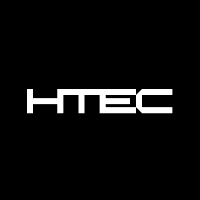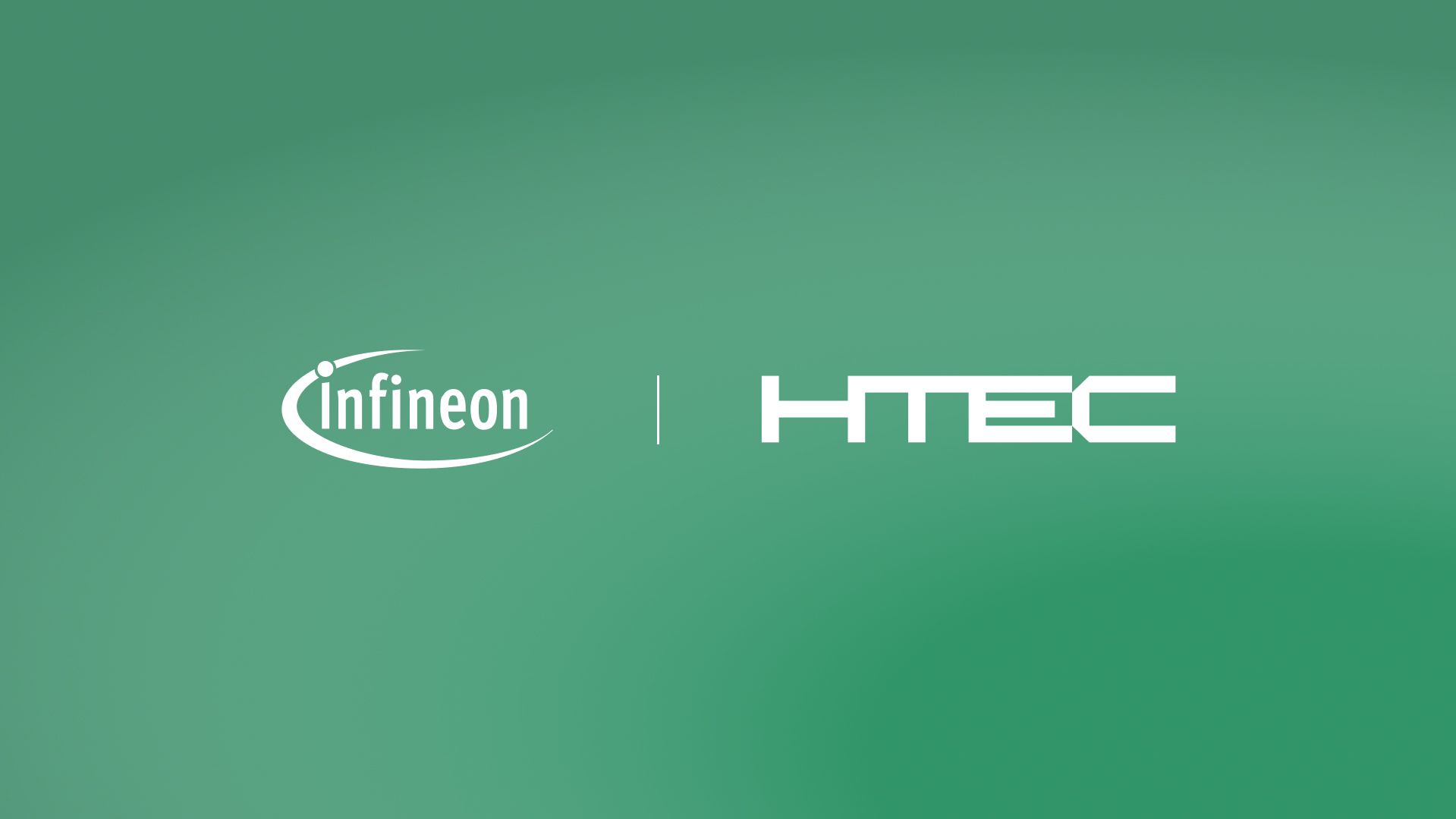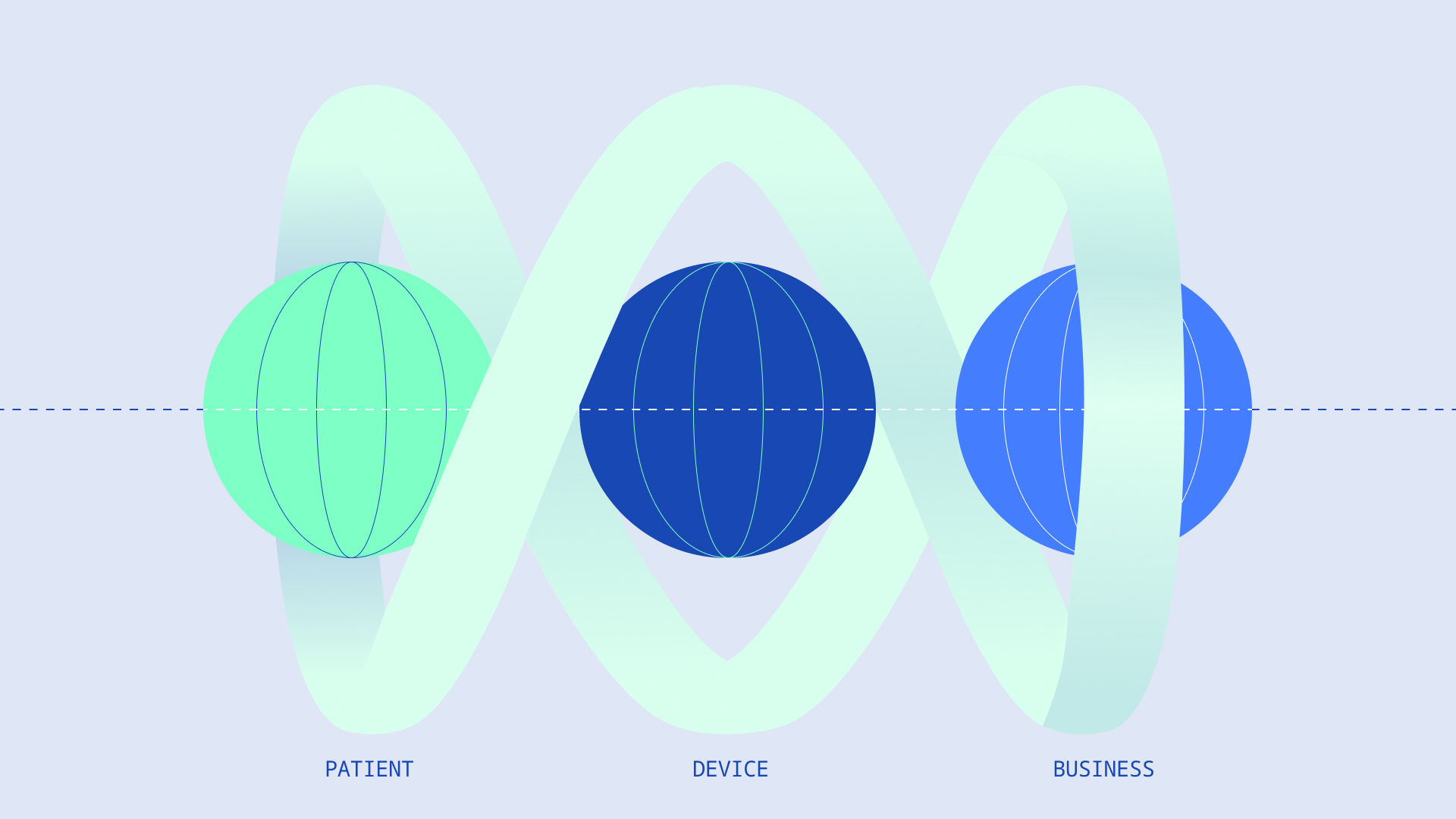Quick access to information is essential for business. This is especially true for enterprise-level companies with global teams that need access to large volumes of data in real time.
Knowledge management systems (KMS), such as Microsoft SharePoint, Salesforce Knowledge, and Google Workspace, are valuable enterprise tools because they allow employees to quickly find information such as company policies, product details, marketing collateral, and customer support guides.
Having company information housed in one KMS improves collaboration because all teams have access to the same relevant and updated resources; a KMS can also improve customer satisfaction as sales and support teams now have fast access to the latest details about products, customers, support tickets, and orders.
Yet despite the productivity benefits of a KMS and the rapid predicted growth of the knowledge management market, only 45% of employees at enterprises that have implemented a KMS are actually using it, according to IDC research.
One cutting-edge advancement that can boost KMS usage is retrieval-augmented generation (RAG). RAG is a technique for enhancing the accuracy and reliability of generative AI (GenAI) models with factual data retrieved from external sources.
Discover essential strategies for preventing AI hallucinations. Download our white paper, “When machines dream: Overcoming the challenges of AI hallucinations” to learn how to build customer trust with reliable AI outputs.
By grounding GenAI responses in verified data, RAG minimizes AI “hallucinations”, which are instances when an AI model generates incorrect or fabricated information based on patterns it learned from training data.
Minimizing AI hallucinations within a KMS offer plenty of business advantages. It will improve customer satisfaction by consistently delivering prompt, correct information to customers and will also reduce the time employees spend checking the accuracy of information, freeing them up for more strategic and productive work.
On top of that, AI hallucinations, and the erroneous information they send out to customers, can do serious damage to a company’s reputation — as Air Canada recently found out.
In this blog post, we’ll explore the challenges of implementing RAG, as well as how RAG improves enterprise knowledge management and empowers employees.
How RAG works within knowledge management systems
RAG’s main advantage is it streamlines knowledge systems, enabling them to provide faster, more accurate answers. But how does it verify that it’s retrieving data and generating answers from reliable sources?
The RAG retrieval phase
First, RAG uses advanced search techniques to scan a KMS and locate the most relevant data based on a user’s question.
Unlike traditional AI models, RAG does not rely purely on the training data of the GenAI model. It also queries external sources like company’s own up-to-data database (that is part of KMS) to make sure that information in the GenAI responses is accurate.
The RAG generation phase
RAG then passes the verified data to the GenAI model which synthesizes it into a clear and correct answer tailored to the user’s question. The answers include links to the original data source for context and fact-checking.
This phase is vital for creating responses that are not only fact-based but accessible, turning complex queries about HR policies or market trends into user-friendly answers.
RAG improves knowledge access and empowers employees
Knowledge management systems are designed to make company information more understandable and accurate. However, given that most enterprises manage at least 1 petabyte (PB) of data, a KMS can easily become disorganized and full of outdated and incorrect information that hasn’t been updated in far too long.
RAG helps alleviate this by:
Improving search accuracy
Most KMSs rely on basic keyword search, which often misses the meaning behind queries. RAG, on the other hand, uses advanced search techniques such as semantic search to understand a user’s intent.
Semantic search, which goes beyond simple keyword matching and interprets the relationships between words and the overall purpose of a query, allows RAG to retrieve relevant information even when the wording doesn’t exactly match the language in documents.
Filtering for content relevance
RAG uses content filtering and ranking algorithms to find data from trusted sources such as the newest versions of company guidelines or product specs, and ranks documents based on relevance and recency.
This filtering process is particularly valuable at large companies where low-quality information — or worse, AI hallucinations — can quickly erode customer trust.
RAG liberates employees to learn on their own
With up-to-date company information at their fingertips, employees can learn incrementally while working. For instance, when using a new project management tool, employees can consult a RAG-powered KMS to learn about the tool as they go instead of mastering all the features at once in a training session.
By providing easy access to accurate information, RAG helps turn passive employees into a self-sufficient workforce.
Use cases for RAG in enterprise knowledge management systems
Every department at a large company can benefit from a RAG-enhanced KMS, but the following use cases stand out for directly impacting customer satisfaction and employee productivity.
Troubleshooting for customer support teams
Customer support teams regularly manage customer requests and need quick access to the latest troubleshooting documents.
Teams can use a RAG-enhanced chatbots to prioritize the most relevant data on refund policies, exchange instructions, or the customer’s specific order history, and generate concise, actionable answers. There’s no need to comb through documents or search by keywords. Human reps — or AI chatbots — simply enter a customer’s issue into the KMS and receive precise troubleshooting steps.
The speed and efficiency of RAG can improve average response times and increase customer satisfaction.
Onboarding new employees
New employees often need guidance on company policies, tools, and workflows, all of which can be time-consuming for both employees and managers. Rather than spending hours in training sessions, new hires can tap into a RAG-powered KMS for on-the-spot answers to onboarding questions.
With onboarding, RAG takes the pressure of HR and team managers and gives new employees the confidence to learn independently.
Tips for overcoming RAG implementation challenges
The productivity benefits of RAG are clear, but implementing RAG presents unique challenges for enterprise teams.
Challenge #1: Maintaining high-quality data
For RAG to be effective, it needs to draw from an up-to-date, well-organized KMS and then verify KMS content using external sources. However, large companies store massive amounts of information that changes frequently, and if they do not keep data fresh and organized, a KMS will become extremely hard to navigate.
To prevent this, companies should conduct data audits frequently. An audit typically entails restructuring poorly organized data and updating or removing outdated information. Automated content tagging also helps by keeping data easily searchable (tagging by keyword, phrase, or category) and current (flagging outdated documents).
Want to learn more about assessing your data’s maturity? Download our white paper to learn more about how data assessments can help improve your AI-powered solutions.
Challenge #2: Guaranteeing data security
Ensuring data privacy and security within a RAG-enhanced KMS is critical, especially considering how much sensitive information is housed within enterprise systems.
To make sure RAG only retrieves data from authorized sources, companies should implement strict role-based permissions, multi-factor authentication, and encryption protocols. In addition, companies should conduct regular security audits to reduce the risk of data breaches, and compliance checks to make sure RAG follows regulatory standards.
By addressing these challenges, companies can set RAG up for successful integration and make the most of enterprise knowledge management without compromising data quality or security.
RAG helps enterprises stay competitive
RAG represents a game-changing step forward for enterprise knowledge management, offering an efficient way for employees to get smarter, faster answers, and be more productive in their jobs.
Challenges with implementing RAG will persist, but with regular data and security audits, enterprises can leverage RAG to encourage a culture of knowledge-sharing and stay competitive in a data-driven world.
For enterprises looking to broaden their AI usage, HTEC is actively helping clients develop knowledge management systems that are ready to be integrated with the latest RAG technology.
Ready to discover how HTEC’s AI and data science expertise can support your business strategy? Connect with an HTEC expert.






